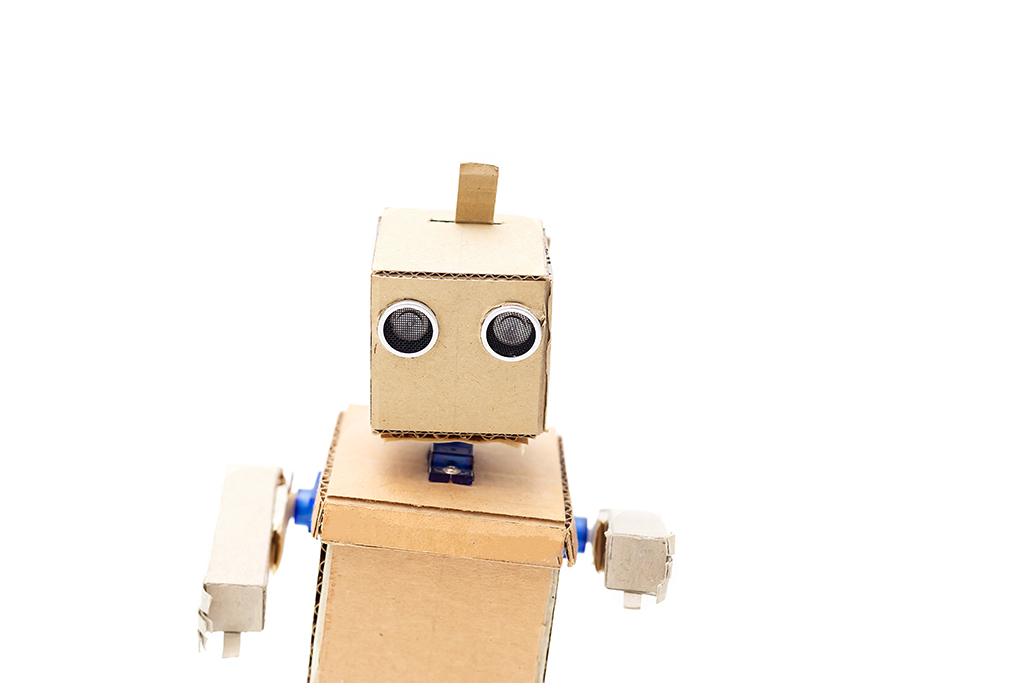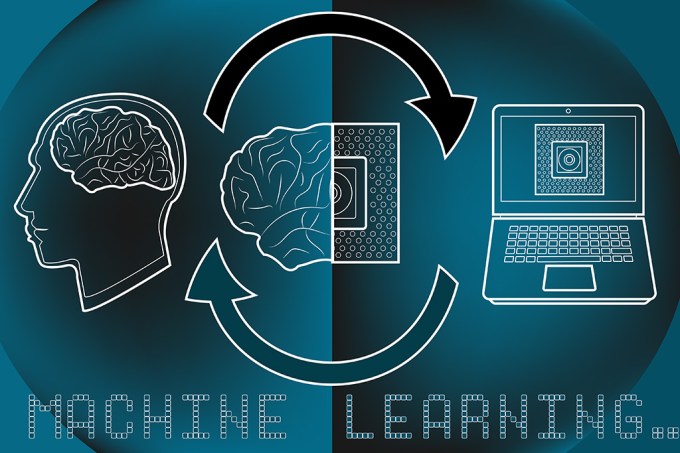How one education website is leveraging the power of machine learning to create a bespoke studying experience for college students—a perfect complement to in-class, active learning.
By Steve Jacobs
They don’t call college “higher learning” for nothing. The sheer amount of information presented during those years can be mind-boggling.
But to retain and process all that material, the world’s most innovative educators are realizing that the traditional equation of lecture + exams doesn’t always equal success. Rather than serving as a sage on a mountaintop and imparting wisdom in hour-long sessions, these educators take a guiding role: They help students ask the right questions, think critically, and collaborate with their peers. In short, they are teaching students how to be active learners.
>>See inside classrooms across the country:
Course Hero’s Faculty Club
Active learning in the age of tech
Although active learning is gaining in popularity, the basic concept has been around for ages: brainstorming, group discussion, presentations—these techniques, and others like them, have long put the student in a more active role. In this way, the students initiate their own education, and instructors are there to steer them in the right direction.
Educators interested in learning more about Course Hero’s celebration of Active Learning are invited to check out Course Hero’s Faculty Club, or reach out to us at educators@coursehero.com.
Educators’ growing interest in active learning isn’t just affecting syllabi—it has also started informing the role of edtech within the higher education field. Take, for instance, the online learning platform Course Hero, which partners with educators to share active learning approaches and materials. And lately, educators are also leaning into a crucial new capability: machine learning.

Leveraging machine learning and artificial intelligence
You’ve likely heard the term, but what exactly does machine learning mean? “[It] is the ability for machines to learn on their own by looking at a large amount of data, identifying patterns, and then getting smarter from those patterns,” explains Preetham Vishwanatha, vice president of Artificial Intelligence and Machine Learning at Course Hero. “With your classic software engineering, a human has to write the code to create a reaction for any possible action, with explicit instructions.” With machine learning, however, there are no instructions to write; a human just provides the basis for identifying the pattern, and the program takes it from there.
Preetham is very clear that machine learning is not just an interchangeable term for artificial intelligence (AI): “AI is more of a subset of machine learning and has sharper goals: The machine’s level of intelligence should be at par or better than that of a human being.” AI can also further be broken down into “general” and “narrow” AI. General AI is still the stuff of sci-fi: programs that can tell jokes, understand emotions, and fabricate little white lies. Narrow AI, however—a program is given a very focused task and trained to be as good at that task as a human—is very doable.

Using narrow AI
Let’s talk about the common household cat for a moment. Say you wanted to create a program that could look at something and say, with certainty, “That is a cat” or “That is not a cat.” To build traditional software to do this would be a logistical nightmare, because you’d need to plan for all possibilities of what a cat could look like: It must have two ears and it must be one of these select colors and it must have whiskers and it must hate Mondays, and so on—and even then, there would be images of cats that slipped through the cracks because they didn’t fit all of the criteria. You’d need prohibitively explicit directions for the software to be successful.
With machine learning, you could teach a program what a cat looks like by feeding it hundreds, thousands, millions of pictures of cats, as well as pictures of things that are not cats, and comparing and contrasting them. Tuners would periodically check the results, ensuring that the machine was getting smarter with each batch of identifications. The more opportunities (i.e., cat pictures) fed to the program to allow it to determine what is within the pattern and what is not, the better the machine will be at fulfilling its purpose. Once the program can and does identify a cat with the same regularity as a human, it would be said to have narrow artificial intelligence in the realm of “identifying pictures of cats.”

Bringing it all together
So where do active learning and machine learning intersect? Online, of course. A textbook may be useful, but it is not the be-all and end-all of learning anymore. Students are also studying the resources they discover on the Internet, which contains a seemingly infinite amount of materials shared by educators and other students.
In the face of so much content, students may find themselves overwhelmed when choosing which resources to study. Different students have different needs, and educators are faced with taking highly complex subjects and delivering them in a way that is relevant to each person in their audience, via—you guessed it—active learning. Enter machine learning and AI, which are especially well suited to massive data sets. (And massive data sets, in turn, become much more navigable with machine learning.) With machine learning, the more than 20 million resources that have been shared by the Course Hero community can become something more—a bespoke learning experience that complements the active learning classroom experience.
With machine learning, the more than 20 million resources that have been shared by the Course Hero community can become something more—a bespoke learning experience that complements the active learning classroom experience.
For example, imagine that an undergrad student is studying photosynthesis. She will need to understand a set of concepts that build on each other: how protein complexes capture and energize electrons, the synthesis of ATP and carbohydrates, and so on. Machine learning can identify all the concepts related to photosynthesis—and how they relate to each other. This will enable Course Hero to recommend materials, practice problems, educator videos, and study guides to the student to help her get unstuck, practice, and be sure she really understands photosynthesis.
But it doesn’t stop there. Machine learning can be trained to recognize how photosynthesis relates to the other courses she’s taking at her specific university—such as molecular biology or biophysics. This is possible because, in Course Hero’s unique data set, content contributors have tagged their content to specific courses and universities.
Further, the experience of discovering, getting unstuck, practicing, and understanding can also be tailored to the individual learning style of the student—a personalized learning path. “Think of [Course Hero] as training wheels for students as they practice and master what they learned in class,” says Preetham, “allowing them to actively discover and learn in a way that is most helpful for them.” This is the bespoke learning experience, made possible through machine learning: The student can discover the exact materials she needs to complement what she’s learning in her classroom, so that she is confident and prepared from day one through graduation.
For all of this to work, the materials must be accurate. Through a rigorous process of acquiring “ground truth data” (think of the base-level information that is presented in a textbook), testing the machines, and tuning with subject matter experts, Course Hero has created algorithms to present each student with just the right information at just the right time. And since data can change (and their machines are always learning), these lessons are never totally “complete.” Instead, Course Hero is always evolving as answers get updated through continuous crowdsourcing.
Complementing the classroom
With students and educators sharing more and more study resources (25 million and counting) on their platform every day, Course Hero is uniquely set up to find ways to digest that material through machine learning innovation. “By designing [our programs] with an eye toward active learning, and by working with educators to understand what students need, we’re intentionally creating something that will be a complement to what’s happening in the classroom,” says Andrew Grauer, CEO and cofounder of Course Hero. Through this customized experience, “we are becoming a tool that empowers active learning, that empowers educators who want to use active learning approaches.”
That, says Preetham, is a “net positive, helping students actively learn about the subject more broadly—and use that knowledge creatively.”
And who doesn’t want that?